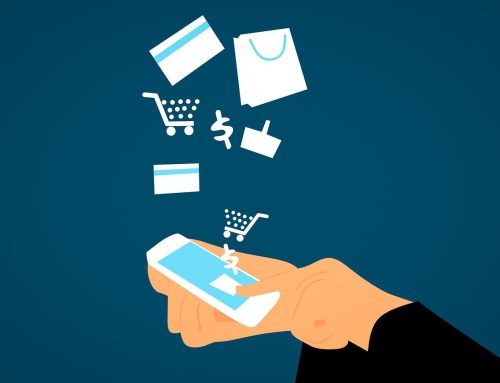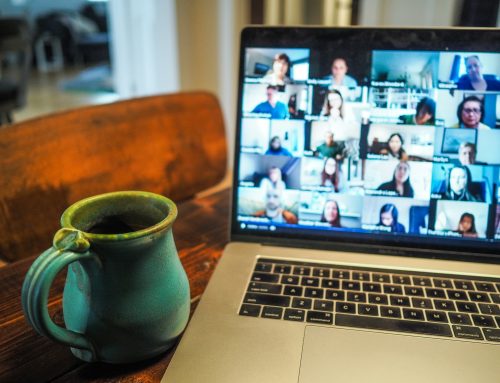 Everyone has their own style of networking.
Everyone has their own style of networking.
Some of us go to chamber luncheons and distribute business cards left and right. Others are more reserved and find online networking or less formal meet-ups more effective.
When it comes to online networking, LinkedIn can be a powerful tool in your arsenal. It’s the professional network of choice yet many people come across as rude or spammy due to laziness or a lack of understanding. I’m going to present some helpful tips that I’ve learned over the years and some links to other helpful LinkedIn resources.
1. Make your introductions personal
Few things are more irritating on LinkedIn than the generic greeting or connection request.
It’s easy to send a connection request simply by touching the button next to the person’s name on the LinkedIn phone app or clicking “Connect” in the web app, but that’s impersonal. The person will probably accept if you know them well but that’s not the point; even if they’re a coworker, take the time to express something personal. “Jim, I’ve really enjoyed working with you on the mortgage project,” sounds a lot better than the generic “I’d like to connect with you on LinkedIn.”
Also, think about how generic requests reflect on your personal brand and that of your company. Every networking interaction says something about you as a person. If you come across as rude, people can see where you work and that’s going to sour their impression of your business.
So take the time to be professional in your LinkedIn messages just like you would in person.
2. Don’t ask for recommendations on a whim
It’s been my experience that people are generally very obliging in writing a recommendation if you ask for one. However, never ask someone just for the heck of it. Writing a recommendation takes time, especially if it’s heartfelt; you don’t want to make that ask unless you have a legitimate reason. Maybe you’ve just lost your job or you’re looking to shore up your profile so you can move into a different job or industry. Those are legitimate reasons. Satisfying your vanity is not. (Leave a comment if you disagree with me on that one.)
In any case, you’ll find that the best recommendations are unsolicited.
3. Be generous with your praise
This is related to the previous point. If someone around you does an awesome job, find a way to express it – whether that’s a verbal comment at work or an unsolicited recommendation on LinkedIn. Even a LinkedIn endorsement can serve as a lesser form of affirmation. Just make sure you’re endorsing a skill they actually have.
4. Choose your skills wisely
Speaking of endorsements, people are generally going to endorse you for the skills you already have listed on your profile rather than adding new skills. So make sure you do a good job of listing those initial skills or you’ll end up with too many endorsements for the wrong skills.
5. Think about the big picture
Every part of your LinkedIn profile says something about you – from the Summary to the companies you follow to your Additional Organizations and Interests. Make sure that everything is in line with the personal brand you want to project.
6. Schedule a LinkedIn lunch and learn
Wherever you might live, there’s undoubtedly someone who has a reputation as a LinkedIn expert. This might even be someone in your company.
If you’re serious about your LinkedIn networking, social media marketing or coordinating the promotion of your content, it’s not a bad idea to schedule a “Lunch and Learn” event with a LinkedIn expert. (This can also be helpful for other social networks like Twitter or Google+ if you have a group of people who are interested in taking an hour to learn more.)
Even if you’re a busy executive, you can gain a handful of helpful tips without having to dedicate more time than it would take to grab a sandwich. The LinkedIn speaker should be able to share the latest developments like the new inbox or a new way to search Influencer content.
One of the things you’ll undoubtedly hear is that LinkedIn works best when it’s used in tandem with in-person networking. So how do you use LinkedIn? What features do you like the best and what features irritate you? And what are the best insights you have for increasing your effectiveness on the network?





